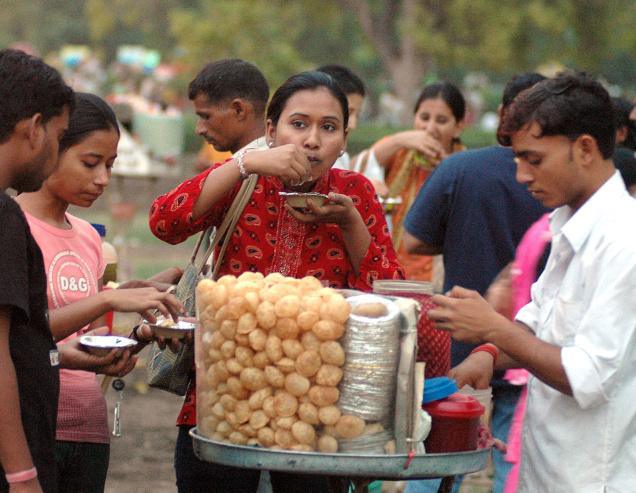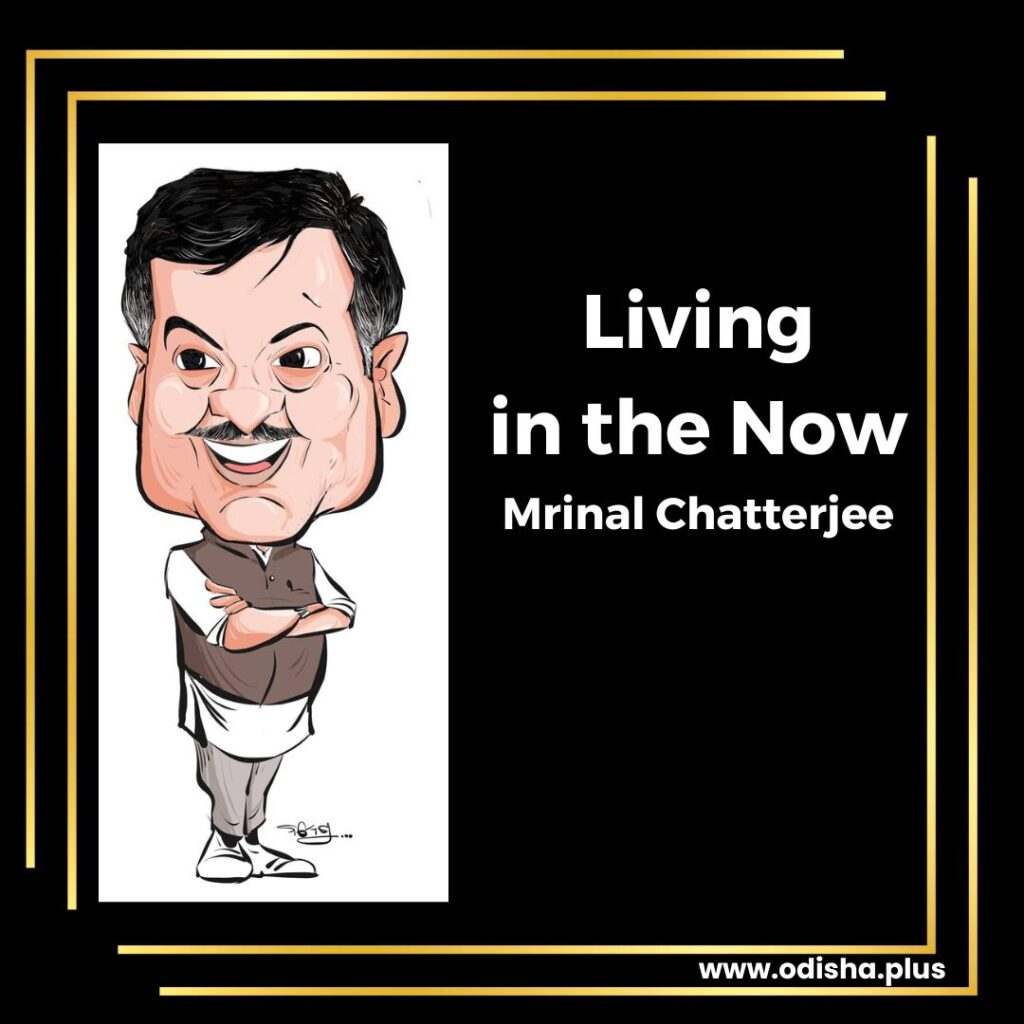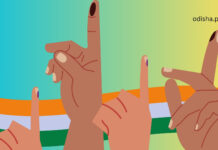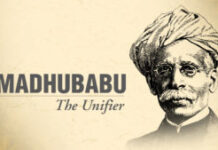Prof Mrinal Chatterjee
Golgappa has many names across the country. In northern states of India people call it panipuri. Bengalis and Odias like to call it phuchka or puchuka. Odias call it puchuka or gupchup. It is also called Pani ka Bataasha or Patasha. In parts of Bihar it is called phulki or pakodi. But I like the word golgappa. Pronounce it slowly and you will feel its fragile rounded shape, and will have the urge of putting a couple in your mouth post haste.

Any Indian recipe book will tell you that it is a common street snack in several regions of the Indian subcontinent. It consists of a round, hollow puri, fried crisp and filled with a mixture of flavored water, tamarind chutney, chili, chaat masala, potato, onion or chickpeas.

Origin of golgappa is ancient and interesting. According to a legend, Draupadi (of Mahabharata fame) invented the Pani Puri. When the Pandava brothers, Draupadi, and their mother Kunti were in exile after losing their kingdom in a game of dice, Kunti threw Draupadi a challenge. She gave her some leftover aloo sabzi and a small amount of dough and asked her to cook something that would satisfy all five brothers.
The reason why she presented this challenge is unconfirmed. Some say it was to gauge if Draupadi would be a good housewife. Others say it was to see if Draupadi would favour one brother over the others. In response to Kunti’s challenge, Draupadi invented Pani Puri. Impressed by her daughter-in-law’s resourcefulness, Kunti blessed the dish with immortality.
Culinary researchers say that it first came into existence somewhere in the ancient Indian kingdom of Magadha. One of the sixteen mahajanapadas, or ‘great kingdoms’, of ancient India, the Kingdom of Magadha corresponded to what is now Southern Bihar. While the exact time frame of its existence is unclear, it reportedly existed prior to 600 BCE.
History apart, golgappa is no ordinary street food. You don’t order a plateful of golgappa and eat alone in a fancy restaurant. That is not the way you should have it. There is an elaborate ritual before you eat golgappa. You join a group, standing in a circle around the golgappawala and eat in a group in sessions.
Golgappa is age-defying. I had a session last evening. In the circle were a three and half year old girl, her mother and grandmother, me and Anita, my wife and a tough looking bearded young man of 26. The little girl beat us all. I can proudly say I discovered a golgappa-gulping prodigy.
Come to think of it, golgappa is the most democratic of snacks. Prepared with humble ingredients and much less fuss- it is inexpensive and it fills you up.
It is a great leveler too. Whoever you may be, you’ll have to stand in a circle around the golgappawala with a katora/leaf plate at hand and wait for your turn. It is one place, nobody jumps the queue.
It also teaches life lessons. You talk about stress. You don’t know real stress until you have a panipuri in your mouth, a panipuri in your hand, a panipuri in your bowl and the panipuri wala is standing in front of you with another ready panipuri.
It also shows you a short trailer of Moksha- bliss that the yogis and preachers talk about. Moksha is the feeling of bliss, when the soft shell of the golgappa breaks in your mouth and the masalawala sour tamarind water floods your mouth as your tongue finds the soft mashed potato with smattering of fried groundnuts, green grams and many other ingredients that tickles your taste buds.
(The author is Regional Director Indian Institute of Mass Communication, IIMC Dhenkanal. Views are personal)






















